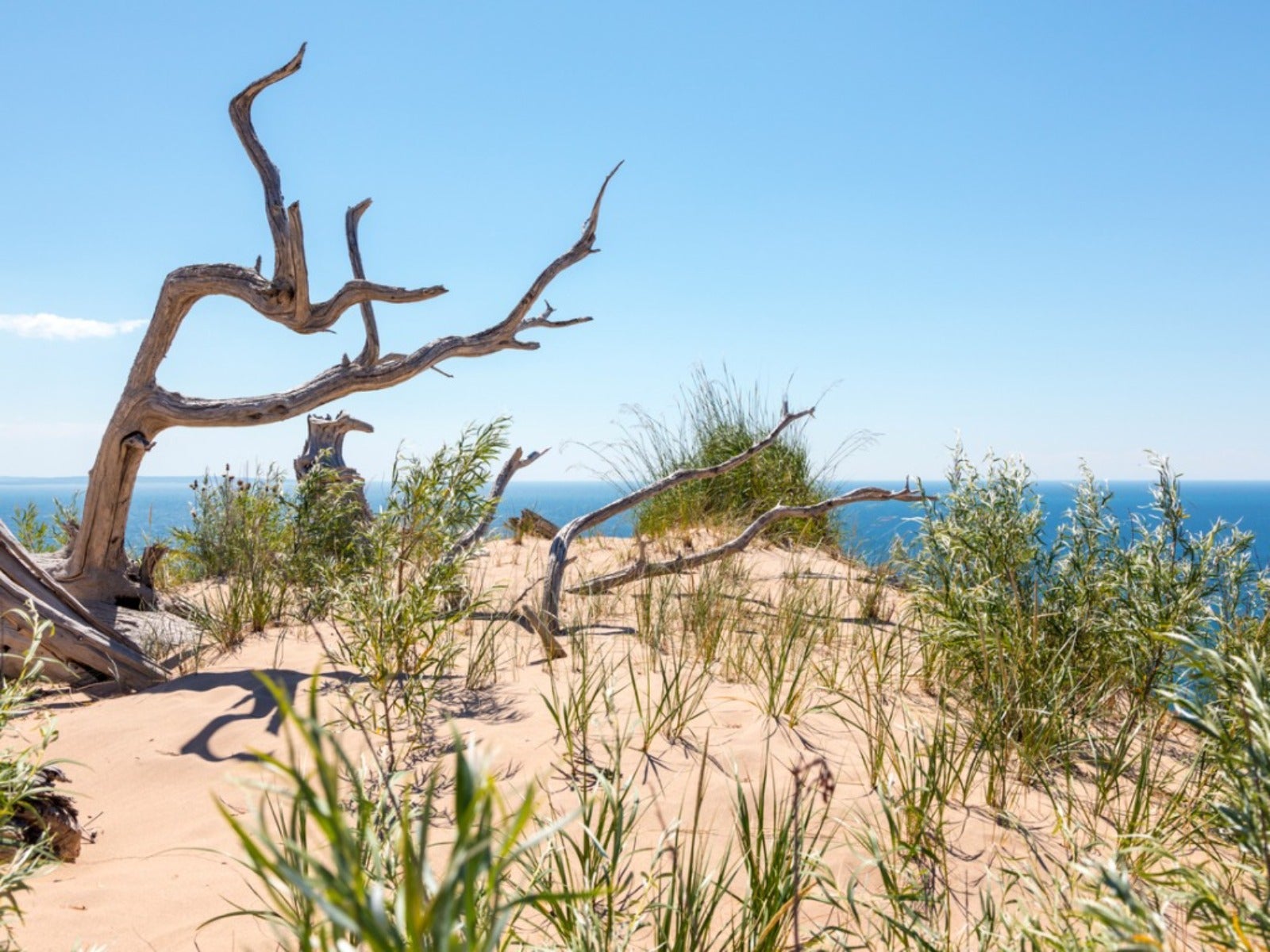Common Plants Found On Sand Dunes


What plants grow in sand dunes? Not many. Although humans love to live on the coastal dunes, many common plants are not that happy in this type of location. Most plant species don’t do well with the high temperatures, salt spray, and beach wind. It is understandable that these factors severely limit the diversity of plant life in the areas.
However, there are some plants that grow in sand dunes, and in fact are responsible for creating those dunes. Read on for a discussion of sand dune plant species.
Sand Dunes and Plants
Anyone who has been to the beach has seen plants that grow in sand dunes, so it’s clear that some do. Although, identifying those that occur naturally along the coast is another matter. It’s time to learn the names and growth habits of coastal sand dune plants.
Before we get to sand dune plant identification, however, it’s important to understand how coastal plants actually create sand dunes. Coastal dunes are created by sand getting trapped around the various parts of coastal sand dune plants.
Sand dune formation begins when a native beach plant traps sand blowing in the wind, forming small mounds or hummocks of sand. That is, dunes are formed when sand is trapped around the stems, leaves, and roots of plants on the upper fringes of the beach.
This is very important since the sand dune system can help protect the mainland and houses from tropical storms. The sand absorbs the energy of storm waves as they come rolling in.
Sand Dune Plants Identification
One important sand dune plant is beach elder (Iva imbricata). This is the plant with woody, upright stems, and fleshy bright green leaves you see on the fringes of beaches. In summer, beach elder blooms, offering diminutive lavender flowers.
Gardening tips, videos, info and more delivered right to your inbox!
Sign up for the Gardening Know How newsletter today and receive a free copy of our e-book "How to Grow Delicious Tomatoes".
Even more important are sea oats (Uniola paniculata), the number one plant that helps form dunes. It is the dominant plant on dunes and in fact, plays a critical role in creating them. Sea oats are tall grasses with narrow foliage. Flowers appear on tall flower spikes in autumn, bearing seeds that resemble spikes of oats. The underground root system of sea oats is extensive.
Other Plants that Grow in Sand Dunes
Different plants form dunes in various parts of the country. In the dunes around Lake Ontario, beachgrass is the pioneering plant of the environment. It holds the sand in place and stabilizes it, changing the environment by holding onto moisture and nutrients.This allows other plant species to come into the area.
Champlain beachgrass is a native dune builder of the dunes of eastern Lake Ontario. Recognize it by the fact that it blooms around July 4th. The other beachgrass in the area, American beachgrass, is larger but non-native, and it blooms around Labor Day.
Both of these beachgrass varieties grow in clumps from long, fleshy, underground stems. The grass clumps can be up to 3 feet tall (1 m.) and have long, slender leaves. Seed spikes are tall, growing in while the beachgrass is blooming.

Teo Spengler is a master gardener and a docent at the San Francisco Botanical Garden, where she hosts public tours. She has studied horticulture and written about nature, trees, plants, and gardening for more than two decades. Her extended family includes some 30 houseplants and hundreds of outdoor plants, including 250 trees, which are her main passion. Spengler currently splits her life between San Francisco and the French Basque Country, though she was raised in Alaska, giving her experience of gardening in a range of climates.